April 27, 2023
The world is increasingly reliant on infrastructure in space. That’s leading to a growing realization that it needs to be protected from cyberattacks, which could do enormous damage by disrupting critical infrastructure. Satellites support the logistics systems that help bring food to market, the automatic teller machines that dispense cash from a bank, airlines that bring passengers to vacation destinations and so much more.
As complex systems that include ground-based terminals, orbiting vehicles, data in transmission and integration systems, it’s infrastructure that has a large threat surface susceptible to eavesdropping, data theft and in some scenarios, loss of service.
“It’s a very delicate issue,” said Antonio Pedro Timoszczuk, IEEE Senior Member. “Once the on-board technology of spacecraft or satellites became digital, it became vulnerable and a point of concern.”
The concept is more than just theoretical, though intrusions on space based assets are largely the work of highly advanced actors. Already there have been a handful of incidents targeting communications satellites.

The growing number of cybersecurity experts focused on space infrastructure highlight a few ways that hackers could exploit space-based assets.
Service interruption and denial: Several methods exist to disrupt services from space-based infrastructure. Global positioning systems, for example, can be jammed with electromagnetic interference. They can also be spoofed, as happened in 2020 when a Berlin man walked down a street with 99 smartphones in a red wagon to simulate a traffic jam. Mapping services, which use real-time data pulled from smartphones to help people find faster routes, interpreted the 99 smartphones as 99 vehicles. Satellite systems connected to the internet may also be targets of distributed denial of service (DDoS) attacks, which flood targeted systems with traffic to take them down and are among the oldest forms of cyberattack.
Eavesdropping: A significant amount of satellite communications is vulnerable to eavesdropping because it is not encrypted. At a 2022 conference, researchers from Switzerland and England described how they were able to capture unencrypted satellite information from global aviation systems using a $400 off-the-shelf part that is usually used by people that want to watch broadcast television on their computers.
Intrusion: In a few instances, security researchers have been able to gain access to satellite networks. A Belgian security researcher, for example, was able to physically modify a ground-based receiver available to consumers to gain root level access to a satellite communications network. The incident raised questions about whether it would be possible for threat actors to gain control of a satellite.
Illicit use: In a few other instances, communications satellites have been used by unauthorized users. Brazilian authorities in 2009 arrested several people who used a 1970s era U.S. Navy communications satellite to talk over vast distances. IEEE Senior Member Euclides Chuma noted that the satellite was designed at a time when few envisioned technological advances that would make illicit use possible.
“When we deal with cybersecurity,” Chuma said, “the commercialization of space implies increasing the number of devices present in the space and each additional device represents an additional vulnerability or threat to the other devices connected to it.”
Learn More: The global positioning system satellites that provide navigation for your car are capable of so much more. A data management standard from the IEEE Standards Association unlocks new ways to use navigation systems for weather, scientific research, agriculture and other commercial systems.
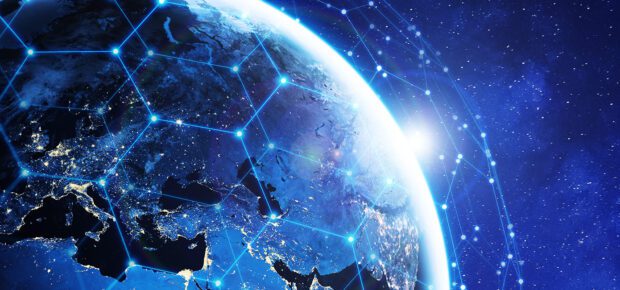




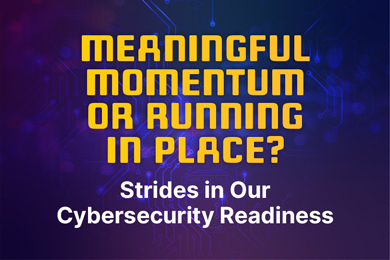 Meaningful Momentum or Running in Place?
Meaningful Momentum or Running in Place? AI Through Our Ages
AI Through Our Ages Liquid Infrastructure: Our Planet's Most Precious Resource
Liquid Infrastructure: Our Planet's Most Precious Resource The Impact of Technology in 2025
The Impact of Technology in 2025 Quantum and AI: Safeguards or Threats to Cybersecurity?
Quantum and AI: Safeguards or Threats to Cybersecurity? Why AI Can't Live Without Us
Why AI Can't Live Without Us Bits, Bytes, Buildings and Bridges: Digital-Driven Infrastructure
Bits, Bytes, Buildings and Bridges: Digital-Driven Infrastructure Impact of Technology in 2024
Impact of Technology in 2024 Emerging AI Cybersecurity Challenges and Solutions
Emerging AI Cybersecurity Challenges and Solutions The Skies are Unlimited
The Skies are Unlimited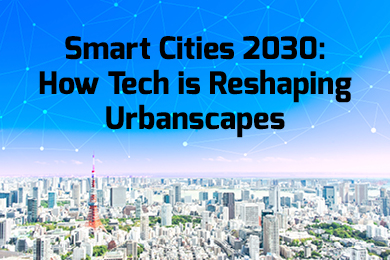 Smart Cities 2030: How Tech is Reshaping Urbanscapes
Smart Cities 2030: How Tech is Reshaping Urbanscapes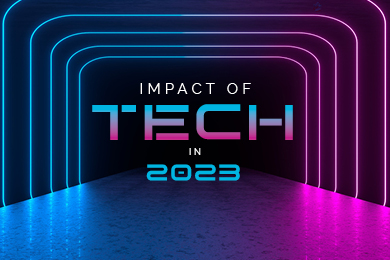 Impact of Technology 2023
Impact of Technology 2023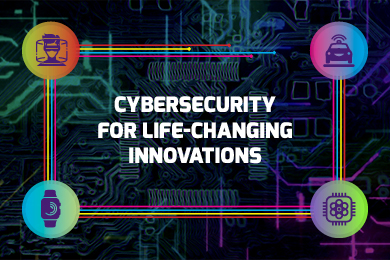 Cybersecurity for Life-Changing Innovations
Cybersecurity for Life-Changing Innovations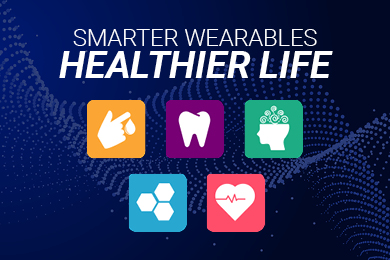 Smarter Wearables Healthier Life
Smarter Wearables Healthier Life Infrastructure In Motion
Infrastructure In Motion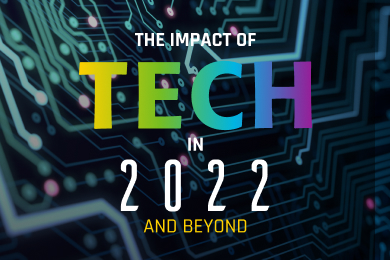 The Impact of Tech in 2022 and Beyond
The Impact of Tech in 2022 and Beyond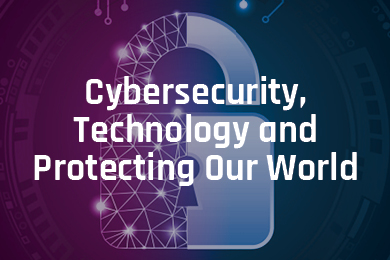 Cybersecurity, Technology and Protecting Our World
Cybersecurity, Technology and Protecting Our World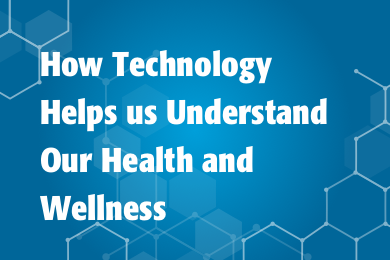 How Technology Helps us Understand Our Health and Wellness
How Technology Helps us Understand Our Health and Wellness The Resilience of Humanity
The Resilience of Humanity Harnessing and Sustaining our Natural Resources
Harnessing and Sustaining our Natural Resources Creating Healthy Spaces Through Technology
Creating Healthy Spaces Through Technology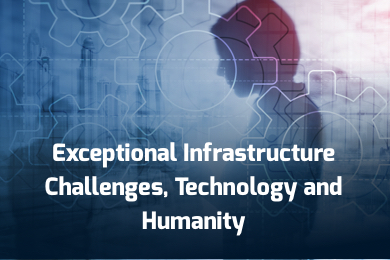 Exceptional Infrastructure Challenges, Technology and Humanity
Exceptional Infrastructure Challenges, Technology and Humanity The Global Impact of IEEE's 802 Standards
The Global Impact of IEEE's 802 Standards Scenes of our Cyber Lives: The Security Threats and Technology Solutions Protecting Us
Scenes of our Cyber Lives: The Security Threats and Technology Solutions Protecting Us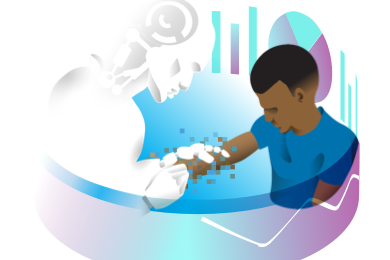 How Millennial Parents are Embracing Health and Wellness Technologies for Their Generation Alpha Kids
How Millennial Parents are Embracing Health and Wellness Technologies for Their Generation Alpha Kids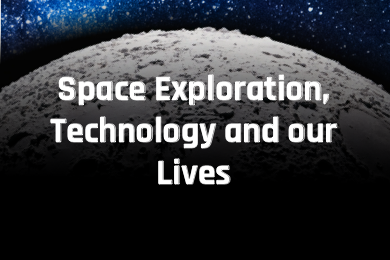 Space Exploration, Technology and Our Lives
Space Exploration, Technology and Our Lives Global Innovation and the Environment
Global Innovation and the Environment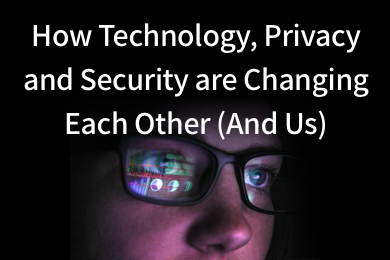 How Technology, Privacy and Security are Changing Each Other (And Us)
How Technology, Privacy and Security are Changing Each Other (And Us) Find us in booth 31506, LVCC South Hall 3 and experience the Technology Moon Walk
Find us in booth 31506, LVCC South Hall 3 and experience the Technology Moon Walk Virtual and Mixed Reality
Virtual and Mixed Reality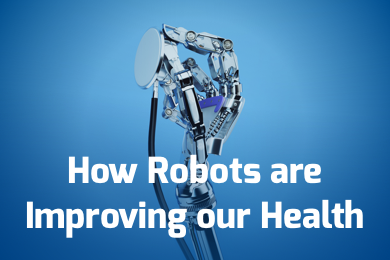 How Robots are Improving our Health
How Robots are Improving our Health IEEE Experts and the Robots They are Teaching
IEEE Experts and the Robots They are Teaching See how millennial parents around the world see AI impacting the lives of their tech-infused offspring
See how millennial parents around the world see AI impacting the lives of their tech-infused offspring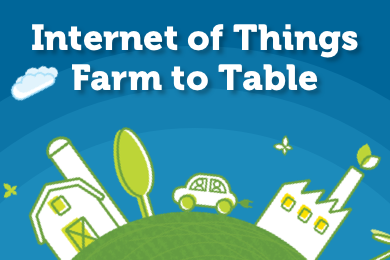 Take the journey from farm to table and learn how IoT will help us reach the rising demand for food production
Take the journey from farm to table and learn how IoT will help us reach the rising demand for food production Watch technical experts discuss the latest cyber threats
Watch technical experts discuss the latest cyber threats Explore how researchers, teachers, explorers, healthcare and medical professionals use immersive technologies
Explore how researchers, teachers, explorers, healthcare and medical professionals use immersive technologies Follow the timeline to see how Generation AI will be impacted by technology
Follow the timeline to see how Generation AI will be impacted by technology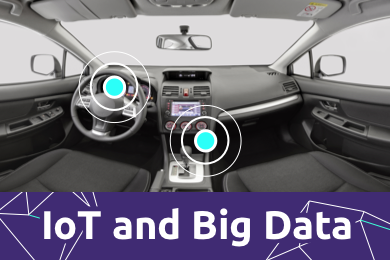 Learn how your IoT data can be used by experiencing a day in a connected life
Learn how your IoT data can be used by experiencing a day in a connected life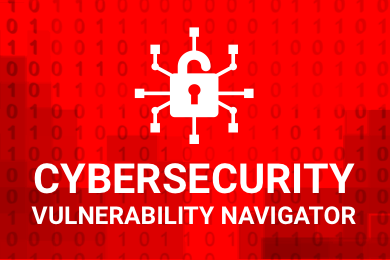 Listen to technical experts discuss the biggest security threats today
Listen to technical experts discuss the biggest security threats today See how tech has influenced and evolved with the Games
See how tech has influenced and evolved with the Games Enter our virtual home to explore the IoT (Internet of Things) technologies
Enter our virtual home to explore the IoT (Internet of Things) technologies Explore an interactive map showcasing exciting innovations in robotics
Explore an interactive map showcasing exciting innovations in robotics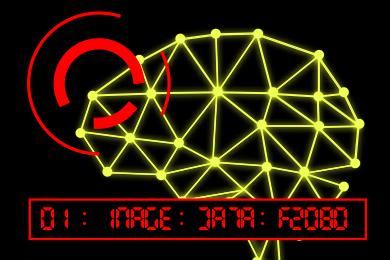 Interactively explore A.I. in recent Hollywood movies
Interactively explore A.I. in recent Hollywood movies Get immersed in technologies that will improve patients' lives
Get immersed in technologies that will improve patients' lives